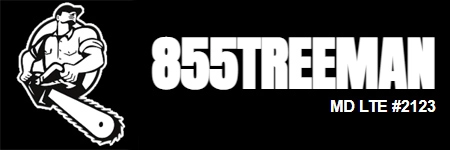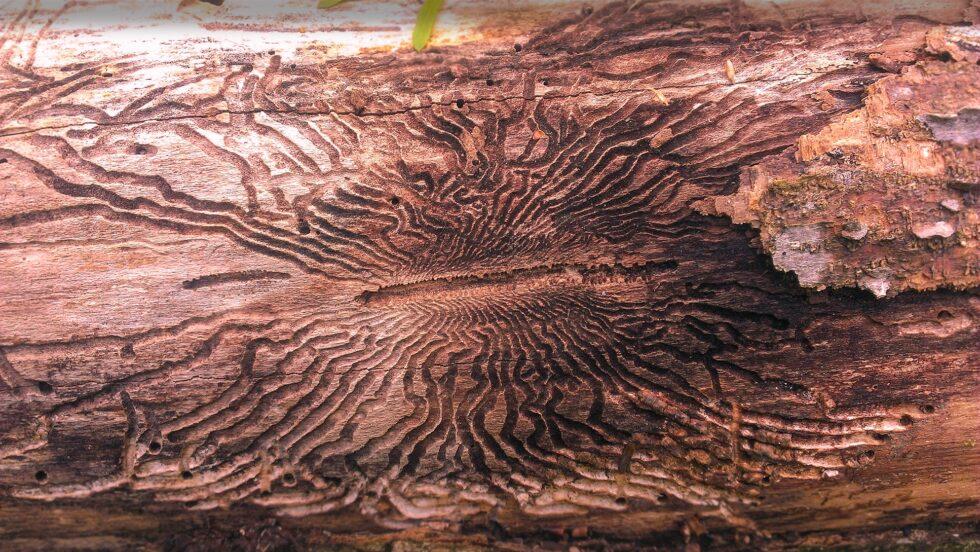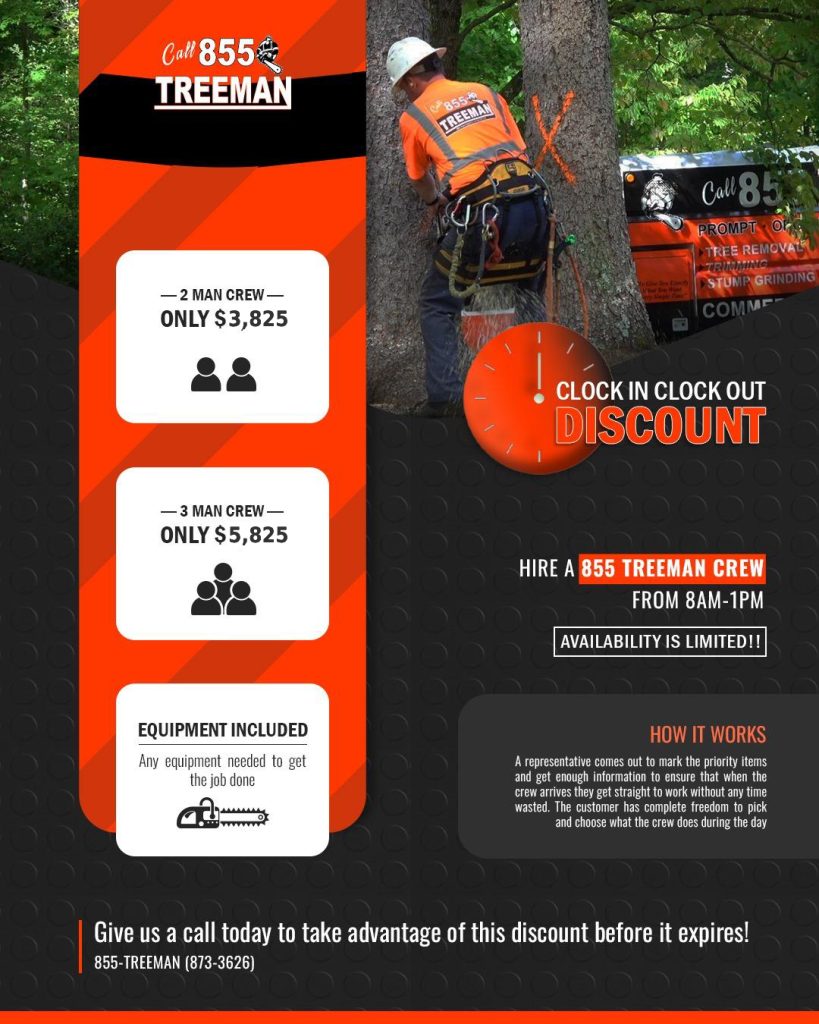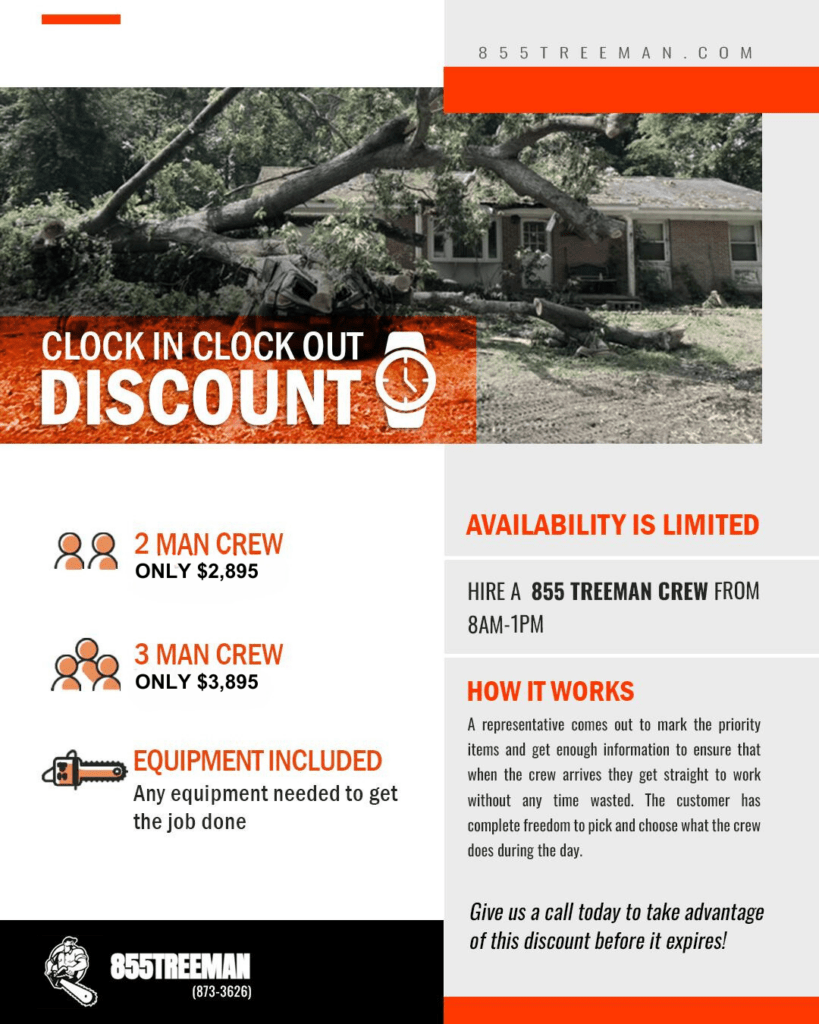The Emerald Ash Borer is an invasive pest, responsible for destroying millions of trees. Here are some ways you can protect your Ash trees from this pest.
What Is the Threat?
The Emerald Ash Borer, Agrilus planipennis, is also known as EAB. This wood-boring beetle is small, invasive, and metallic green in color. Adults only measure 10 to 15 millimeters long and three millimeters wide.
These pests infest different types of ash trees, and it can take years to notice their presence. Emerald Ash Borer larvae live beneath the bark of a tree, feeding on its vascular cambium through autumn and winter. Around June, adults emerge from the tree, leaving D-shaped holes in the bark as they exit.
Once out, the ash tree pest will feed for a short while in the tree’s canopy. Then, it will reproduce, laying its eggs in the trees and branches.
The activity of the EAB creates long, winding galleries on the tree. Specific parts affected include the:
Phloem
Vascular cambium
Xylem
The xylem is the tree’s vascular tissue, which brings water and minerals from the roots to the rest of the plant. It also gives the tree physical support. As the EAB etch this tissue, it girdles both the branches and the main stems, which kills the tree.
Where Is the Threat?
The EAB first came to the United States and Canada from Asia in 2002. The first known sightings in North America occurred in Detroit, Michigan and Ontario. Since then, this pest has been found in 36 states, as well as four provinces.
In 2013, it was discovered in Georgia, Colorado, and the New England region. More recently, it was spotted in 2019 in Texas, South Dakota, and Nova Scotia.
While this pest invades all types of ash trees, it’s most commonly found on the following species:
Green ash
White ash
Black ash
Symptoms of an Emerald Ash Borer Infestation
Do you think your trees might be infected with Emerald Ash Borers? If so, take a look at their upper canopies. One of the first signs of an EAB infestation is dieback in this spot, which can indicate the presence of borer larvae.
As their canopies start to suffer, the ash trees will react by sprouting new branches in their lower crowns, known as epicormic branches. At the same time, you may also notice physical signs of EAB activity, such as:
Exit holes where adults have emerged
Back cracks near larval galleries
Woodpecker activity
Most infested trees will die within two years of an infestation unless they receive prompt treatment. A tree service company can help you identify the signs and symptoms of EAB so you can take action as soon as possible.
What to Do About Emerald Ash Borers
As long as canopy dieback is relatively minor and the ash tree appears mostly healthy, an insecticide injection can usually slow the symptoms of an Emerald Ash Borer infestation. To ensure adequate uptake, treatment should occur when the soil is moist, usually in the summer months from June to September. If conditions are dry, then a follow-up solution may be required to optimize tree health.
If you’re looking for a qualified and experienced team in your area, then give us a call today! We’re proud to be southern Maryland’s premier tree service company.



